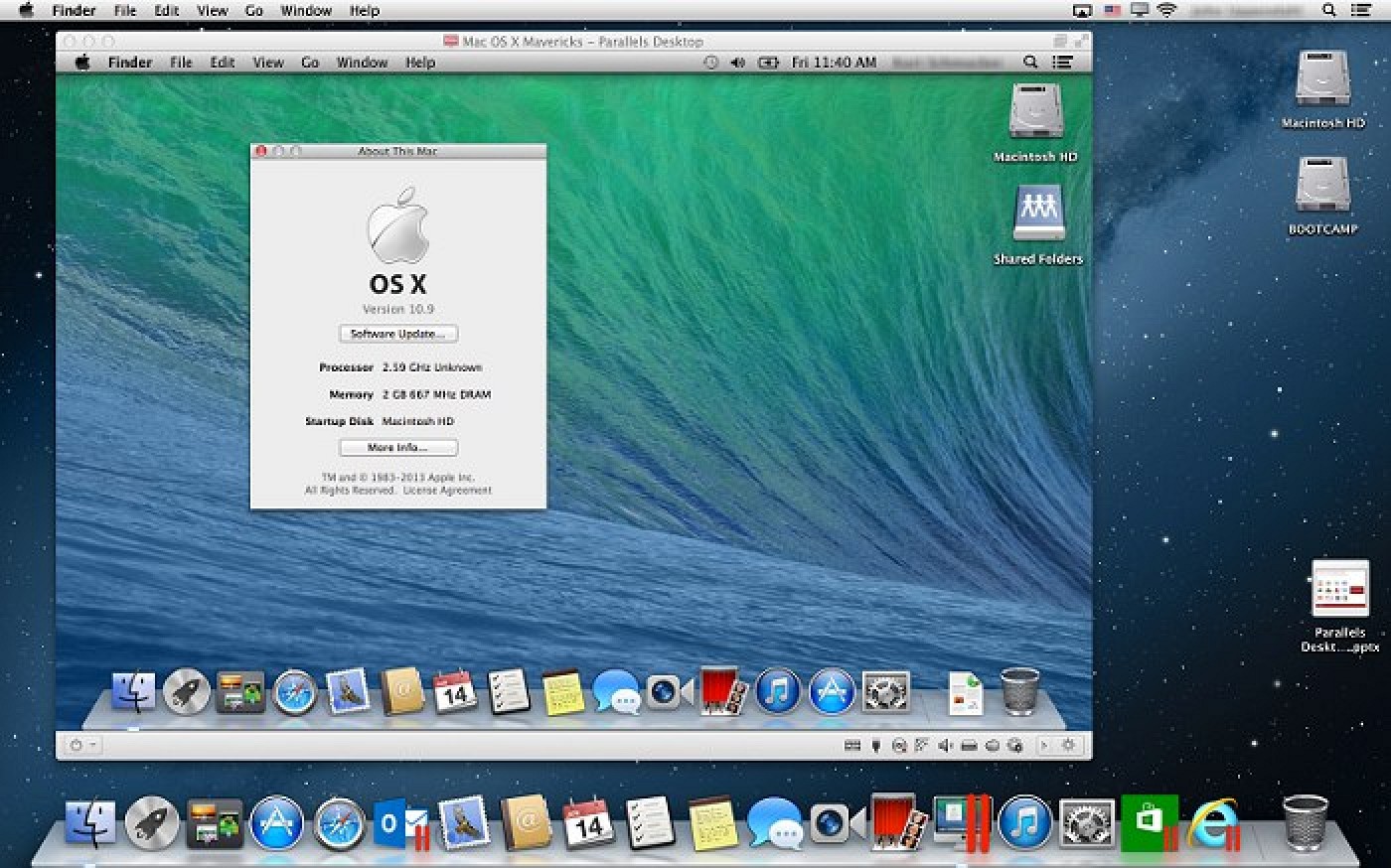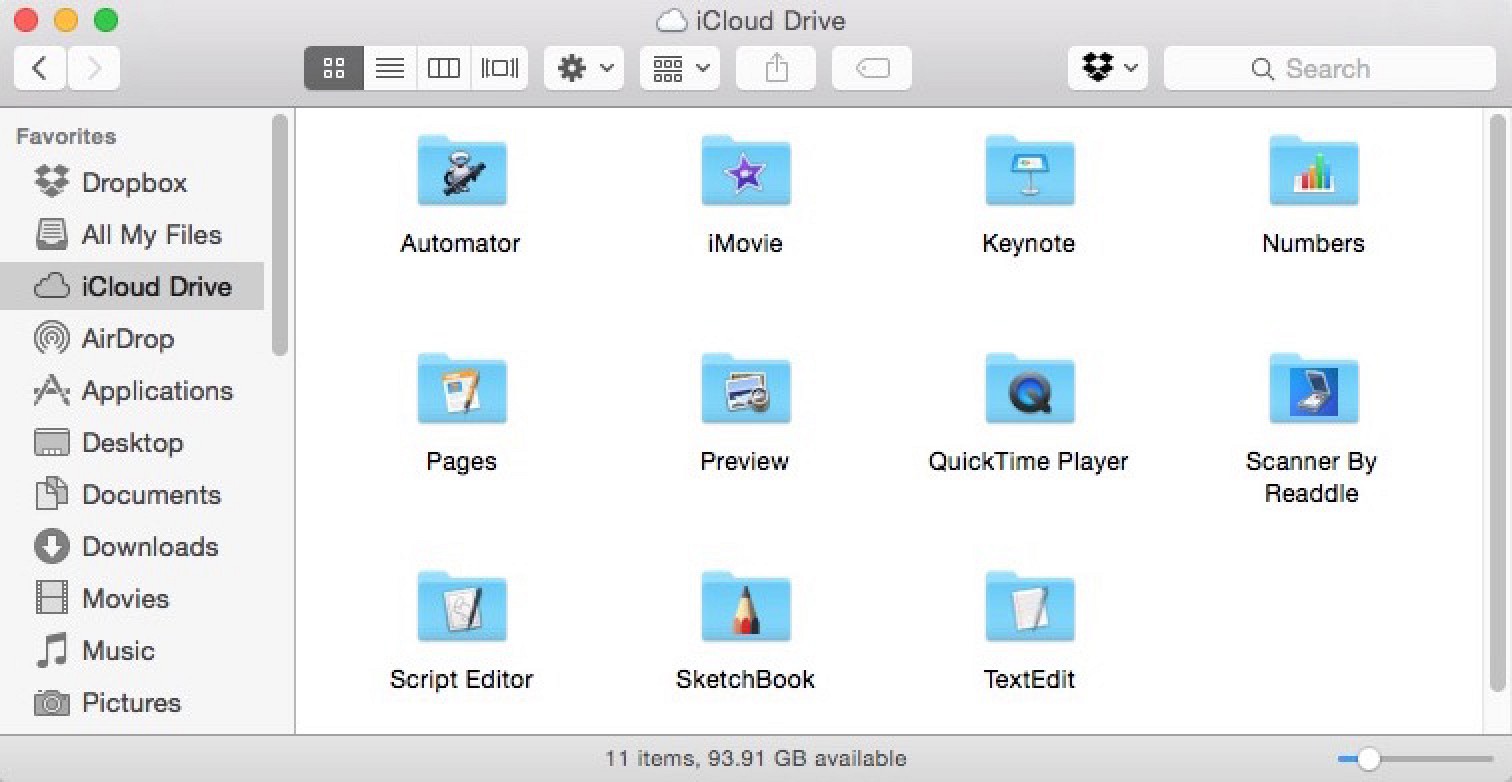With the release of macOS Sierra, iCloud gets even more syncing capability, allowing you to sync your Documents and Desktop files across all your devices automatically. It works like a charm, but leaves out one other folder I use even more frequently: Downloads.
- ICloud to PST Migration on Mac. For all users working on Mac OS X v10.7.5 or later, accessing and exporting emails from iCloud to computer is a fairly easy task. This is possible due to the free Apple Mail email client. All you need to do is setup iCloud Mail on your Mac machine.
- The files you keep safe in iCloud Drive are easy to get to, no matter which device you’re using. You can access all your files from the Files app on iOS and iPadOS, the Finder on your Mac, File Explorer for Windows PCs, or iCloud.com.
- As someone who just purchased a 17' MB Pro 2.3GHz core i7 Processor running OS X 10.6.8, I think it is downright thievery for Apple to require me to purchase a new OS in order to run iCloud. Especially considering iCloud is a service Apple expects to charge a useage fee for (for storage over 5GB).
- To set up iCloud on a Mac, you'll need to have the latest version of Mac OS X Lion or Mac OS X Mountain Lion. You'll also need to make sure you're using iTunes 10.5 or higher. If you want to use iCloud Photo Sharing with your computer, you'll need either iPhoto 9.2 or Aperture 3.2 (which you can purchase from the Mac App Store).
Sign in to iCloud to access your photos, videos, documents, notes, contacts, and more. Use your Apple ID or create a new account to start using Apple services.
macOS doesn’t currently have an easy solution to automatically sync Downloads, but there is a relatively easy workaround to make this happen. Best of all, you don’t need macOS Sierra for most of this to work. Mac os dlna server.
Note: While you can still sync downloads on older versions of OS X (as long as iCloud Drive is supported) only Sierra users can get the custom iCloud Drive shortcuts working in Finder.1. Create New Downloads Folder in iCloud Drive
First, you need to create a new folder in your iCloud Drive from your Mac. Call it “Downloads” — though technically you can name it whatever you want. Make sure that the folder is directly accessible after clicking iCloud Drive rather than buried as a subfolder.
Optionally, you can then transfer all of the contents from your regular Downloads folder into the iCloud Drive one so you don’t have to start from fresh and can automatically all of your older files. If you want to start fresh with your iCloud Drive Downloads folder, then ignore this step.
The easiest way to move all of your files from your old Downloads folder into the new one is to first go to the folder and click the List view icon at the top. Click the first item in the list, scroll all the way down and while holding the Shift key, click the last item. This should highlight everything in your Downloads. Now copy and paste into the new iCloud Drive folder.
2. Change Browser Settings
Once the folder is set up, now you just need to change your browser settings so that every time you download a new file, it automatically stores in your new iCloud Drive folder. In Safari, this is done by clicking Preferences… under the Safari menu. In the General tab, locate the File download location option and use the dropdown menu to browse for your new folder in iCloud Drive.
Chrome users, you can click the Menu icon and go down to Settings. At the bottom of the page, click Show advanced settings… and find the Downloads option. Click Change… to select your iCloud Drive folder.
Close your preferences/settings and download an image or link in your browser to verify it’s working.
3. Create New Shortcuts
Note:Icloud Mac Os X Snow Leopard
 This part is technically optional, but highly recommended if you want the full experience of synced downloads that are also easy to access.
This part is technically optional, but highly recommended if you want the full experience of synced downloads that are also easy to access.Once your iCloud Drive Downloads is functioning as it should, it’s time to replace old Downloads shortcuts around your Mac with new ones. First, we’ll look to Finder.
Superdrive for mac pro. If you’re running macOS Sierra, you’ll probably want to keep your shortcut under the iCloud Drive section of your sidebar, so drag your Downloads folder over and keep it with your Desktop and Documents. For OS X users, just drag your Downloads folder into the Favorites.
Apps for mac apple. Well, it's a technology that enables you to rebuild and run iPad apps natively on the Mac.Let me expand on this.The Mac is a robust platform for development that enables all kinds of apps.We have powerful desktop apps, web-based experiences, and also graphic intensive games.And these experiences, all have dedicated frameworks that support them. In our second talk, taking iPad apps for Mac to the next level, which is later this week, we'll cover advance topics such as making your app a better Mac app and also considerations for distributing your app.So, what is iPad apps for Mac all about?

Additionally, drag that same iCloud Drive Downloads folder onto your dock to replace the old one. That way you have shortcut access to your synced files directly from your dock. It should also live update too for a convenient way to immediately get to files from other devices.
You’re just about done enabling your iCloud Drive Downloads folder. The only task left to do is delete the old one.
ALSO SEE:4 Brilliant New Organizational Tools Built in to macOS Sierra
The above article may contain affiliate links which help support Guiding Tech. However, it does not affect our editorial integrity. The content remains unbiased and authentic.

 Also See#macos #synchronization
Also See#macos #synchronization Icloud Mac Os X 10.5.8
Did You Know
The term spam pre-dates e-mail.
More in Mac
Icloud For Macbook
Top 4 Ways to Fix Mac Desktop Icons Missing or Not Showing
